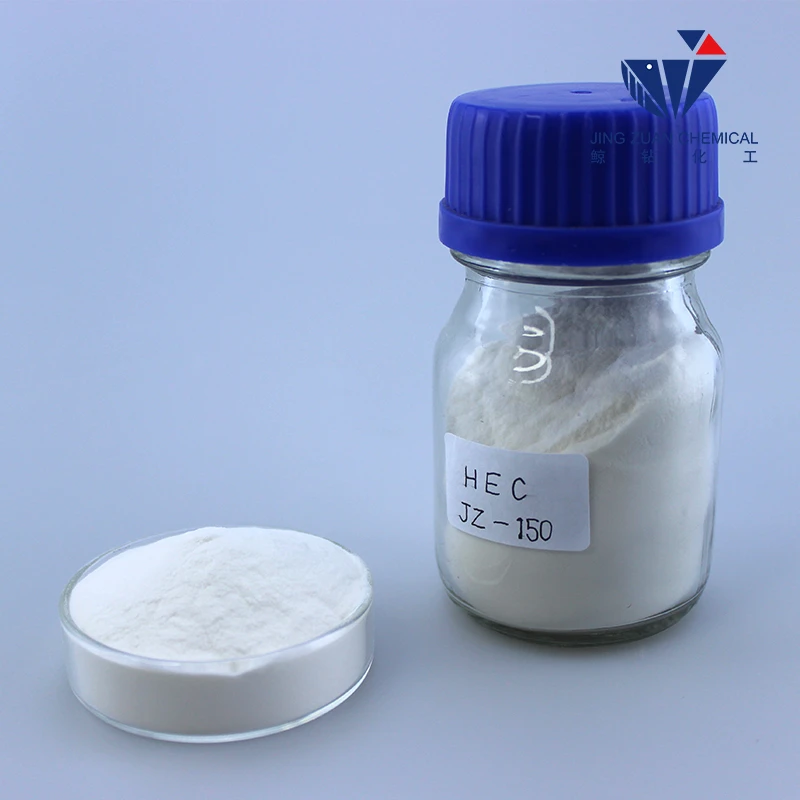
Nov . 21, 2024 16:59 Back to list
high viscosity hpmc
High Viscosity Hydroxypropyl Methylcellulose (HPMC) Properties, Applications, and Benefits
Hydroxypropyl Methylcellulose (HPMC) is a versatile and widely used cellulose derivative in various industries, including pharmaceuticals, food, and construction. With the term high viscosity HPMC referring to products that exhibit elevated viscosity levels, this article explores the properties, applications, and advantages of high viscosity HPMC.
Properties of High Viscosity HPMC
High viscosity HPMC is characterized by its thickening and gelling properties, making it an essential ingredient in many formulations. It is a non-ionic polymer composed of repeating units of cellulose, which is modified to enhance its solubility and functional characteristics. Typically, high viscosity HPMC grades exhibit viscosity levels ranging from around 4000 to over 100,000 centipoises (cP), depending on the concentration and the degree of substitution.
One of the key properties of HPMC is its ability to retain water, which makes it an excellent thickener and stabilizer in various formulations. When dissolved in water, it forms a viscous gel that can create a smooth and creamy texture in food products. Furthermore, the gel-forming ability of high viscosity HPMC helps to improve the stability and shelf life of emulsions and suspensions by preventing the separation of ingredients.
Applications of High Viscosity HPMC
High viscosity HPMC finds applications across numerous fields
1. Pharmaceuticals In the pharmaceutical industry, high viscosity HPMC is utilized as a binder, thickening agent, and controlled-release agent in tablet formulations and other dosage forms. Its ability to form gels makes it ideal for use in hydrophilic matrices, allowing for a sustained release of active ingredients.
2. Food Industry In food applications, high viscosity HPMC is commonly used as a thickener, emulsifier, and stabilizer. It is frequently found in products such as sauces, salad dressings, and dairy items, where it enhances texture and mouthfeel while improving stability. Additionally, it is often employed in gluten-free baking to mimic the structural properties of gluten.
3. Cosmetics and Personal Care In the cosmetics industry, high viscosity HPMC is used in creams, lotions, and gels to enhance viscosity and improve product feel. Its water-retention properties help maintain skin moisture, making it a popular ingredient in moisturizing products.
high viscosity hpmc

4. Construction High viscosity HPMC is also applied in the construction sector, particularly in dry-mix mortars and plasters. It acts as a water-retention agent, preventing rapid drying and allowing for better adhesion and application of materials.
Benefits of High Viscosity HPMC
The use of high viscosity HPMC offers several advantages
- Versatility Its broad compatibility with a wide range of formulations makes HPMC suitable for diverse applications in various industries.
- Stability High viscosity HPMC enhances the stability of products, preventing phase separation and improving shelf life.
- Non-Toxic and Safe As a non-ionic polymer, high viscosity HPMC is generally recognized as safe (GRAS) for use in food and pharmaceutical products, making it an attractive option for formulators.
- Improved Texture The addition of high viscosity HPMC can significantly enhance the texture and viscosity of formulations, catering to consumer preferences in food and personal care products.
- Sustainability Being derived from cellulose, a natural polymer, HPMC offers an eco-friendly alternative to synthetic thickeners and stabilizers.
Conclusion
High viscosity Hydroxypropyl Methylcellulose is a valuable ingredient with numerous properties that contribute to its effectiveness across various applications. Its ability to enhance texture, stability, and moisture retention makes it indispensable in pharmaceuticals, food, personal care, and construction. As industries continue to innovate and seek sustainable solutions, high viscosity HPMC is likely to play an increasingly pivotal role.
-
Versatile Hpmc Uses in Different Industries
NewsJun.19,2025
-
Redispersible Powder's Role in Enhancing Durability of Construction Products
NewsJun.19,2025
-
Hydroxyethyl Cellulose Applications Driving Green Industrial Processes
NewsJun.19,2025
-
Exploring Different Redispersible Polymer Powder
NewsJun.19,2025
-
Choosing the Right Mortar Bonding Agent
NewsJun.19,2025
-
Applications and Significance of China Hpmc in Modern Industries
NewsJun.19,2025







